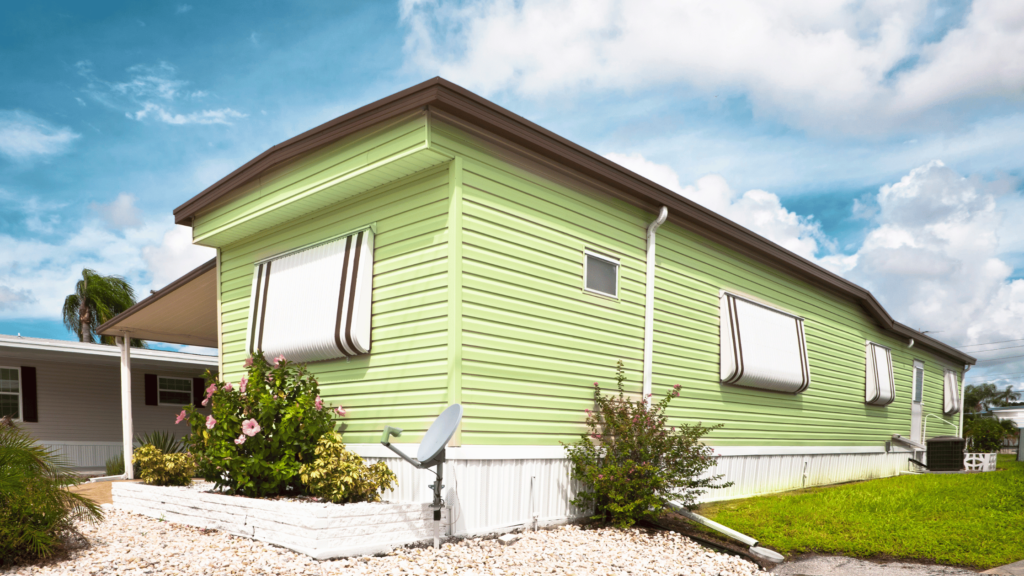
Over the last few years, higher home prices coupled with the persistent housing shortage have pushed more Americans to consider buying a manufactured home instead of a site-built house. As a result, factory-built housing has become more popular than ever before, with manufactured home shipments and sales increasing considerably in the past months. While a higher demand for manufactured homes could prove beneficial to some industry sectors, let’s find out what this market shift will actually mean to potential homebuyers.
Manufactured Home Sales Prices Are Expected to Increase
During the first two years of the pandemic, people were more interested in renting than buying a home. The lower demand along with material cost increases, supply chain disruptions, and labor shortages put a stop to home building.
Currently, housing inventory and demand are expected to return to pre-pandemic levels. However, a higher share of Americans is considering buying more manufactured homes and other affordable housing options in an effort to offset the higher costs resulting from increased interest rates and inflation. As factory-built home sales are projected to rise in the near future, inventory levels will continue to fall, driving up prices. If we also take into account the fact that the entire home building industry will continue to face the same labor shortages and high materials costs, we can only expect the sales price of factory-built homes to increase even more.
Unfortunately, higher sales prices will translate into higher manufactured home loan amounts needed to purchase a factory-built home. Needless to say, higher loan amounts, which typically have higher monthly payments or take longer to pay off, could shut out many potential manufactured homebuyers of the housing market. Given the latest market predictions, the people considering buying a factory-built home in the near future should apply for a manufactured home loan as soon as possible in order to lock in a lower loan amount with a more reasonable interest rate than the one they might qualify for next year.
Higher Manufactured Home Sales Prices Will Also Hit Manufactured Home Builders
Higher factory-built home prices are expected to negatively impact manufactured home builders on two fronts. First, higher sales prices will prevent more potential homebuyers from qualifying for the loan amounts they need in order to purchase a factory-built home. This will shift market dynamics from the previous supply constraints, which affected the manufactured home industry during and right after the pandemic, to demand constraints that may result from a lower number of people buying factory-built homes. As a result, manufactured home builders may end up with excess inventory, which could cause cash flow problems at some point.
Second, the pricing pressures combined with the new energy standards for manufactured homes are expected to cause heightened uncertainty in the market. This could slow down manufactured home sales even more. To better match the new order flow, manufactured home builders may need to reduce work hours and staff, which could have a negative effect on the manufactured housing supply. All these could lead to lower inventory levels and higher manufactured home prices in the long term, worsening the current housing affordability crisis.
However, a number of trends indicate that manufactured home builders will actually be able to overcome all these challenges. To begin with, manufactured homes are now built with high-quality materials, according to the same state, local, or regional building codes that also apply to conventional construction. In addition, baby boomers as well as millennials are looking to save money and downsize in more affordable housing markets. Although inflation and borrowing costs may partially hinder the affordability of manufactured homes, these two trends will eventually drive up manufactured home sales.
Will Manufactured Homes Continue to Remain the Most Affordable Housing Option?
The conventional site-built housing market is at risk of sliding into a “mild recession;” however, the manufactured housing sector appears to be in a different situation. While the continued inflation along with the potential recession ahead will probably force the interest rates on most loan products to go up throughout 2023, factory-built housing is expected to remain the most affordable option on the market. Even though the interest rates of manufactured home loans are typically higher than those of conventional mortgages, the lower sales price of factory-built homes can give the manufactured housing market a strong advantage over traditional site-built housing, particularly in the affordable housing niche. That said, buying a manufactured home will continue to be less expensive than purchasing a conventional site-built house.
As we approach the end of 2022, it’s advisable to keep a watchful eye on the inflation, interest rates, and other factors that affect the economy. While deciding to wait or buy a factory-built home soon depends on the individual financial situation of each potential buyer, waiting too long may not be in your best interest as buying a manufactured home could become even more expensive in the future.
